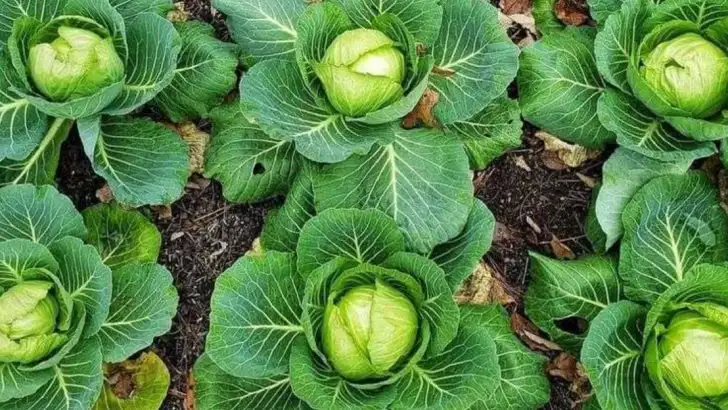Not all gardens have full sun, but that doesn’t mean you can’t enjoy a bountiful harvest. In shaded gardens, choosing the right vegetables is key to achieving a successful crop. With the right selection of plants, even areas with limited sunlight can become a productive garden space.
In this article, we explore the 13 best vegetables that thrive in shaded conditions. From leafy greens to root vegetables, these hardy plants are perfect for growing in areas that don’t receive full sun — helping you make the most of your garden no matter the light levels.
Transform your shaded garden into a green oasis and enjoy fresh, homegrown vegetables all season long!
Lettuce
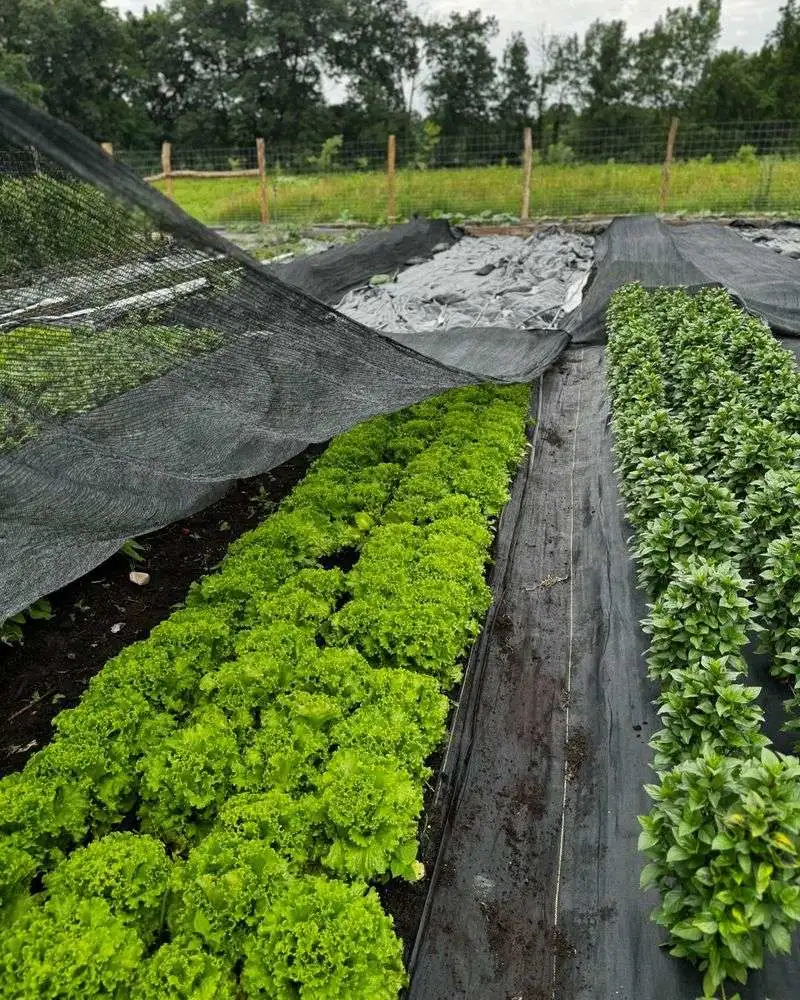
Lettuce is a crisp, refreshing addition to any shaded garden. Its leaves flourish in cooler, less sunny environments, making it an ideal choice for those less sun-drenched corners. The variety of textures and flavors within the lettuce family can transform simple salads into gourmet experiences. Planting several types of lettuce together can create a vibrant, diverse bed that captures the eye. Regular harvesting encourages more growth, and the more you pick, the more it will yield. This cycle of growth and renewal keeps your garden vibrant and productive.
Spinach
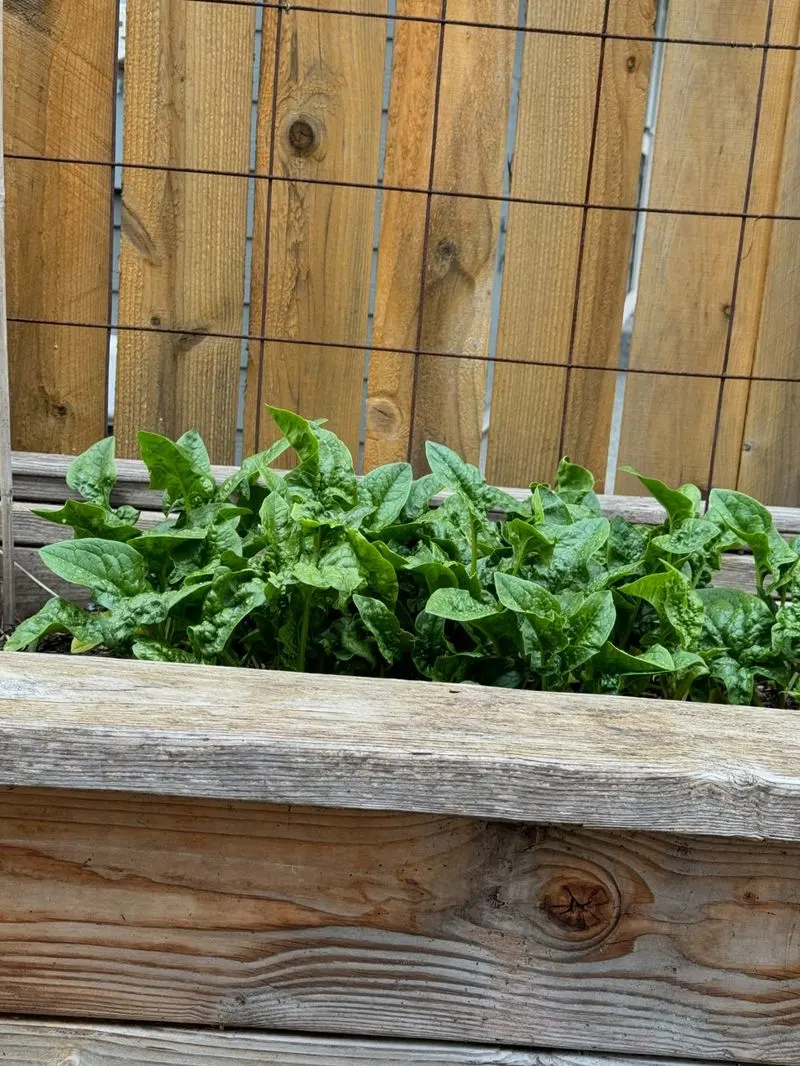
Spinach is a powerhouse of nutrients, thriving in the shade where it develops a deep, rich flavor. Known for its tender leaves, it’s a versatile vegetable that can be eaten raw or cooked. Growing spinach in a shaded area helps prevent bolting, allowing for a longer harvest season. The coolness of the shade enhances its sweet, mild taste, making it a favorite amongst gardeners. Frequent harvesting of outer leaves encourages continued growth, transforming your shaded spot into a perpetual salad bar.
Kale
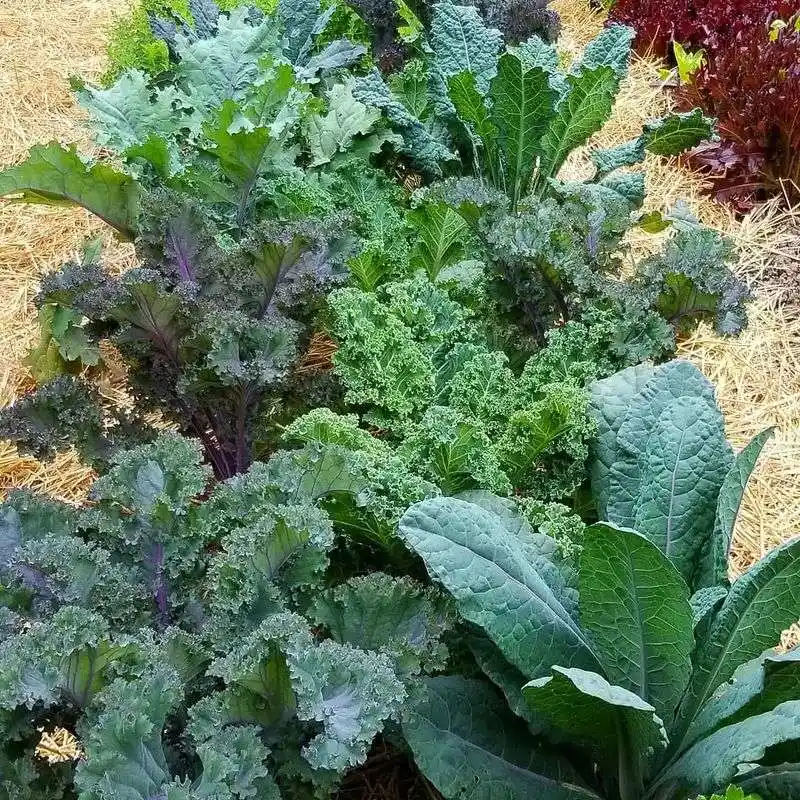
Kale is resilient and remarkably adaptable, thriving in various conditions, including shade. Its robust leaves are packed with vitamins and provide a hearty addition to meals. The coolness of the shade enhances its sweetness, making it perfect for smoothies and salads. Kale continues to produce leaves throughout the growing season, offering a consistent supply. Its curly, textured leaves not only add nutrition but also visual interest to your garden. Harvesting regularly promotes new growth, keeping your garden alive with fresh produce.
Arugula
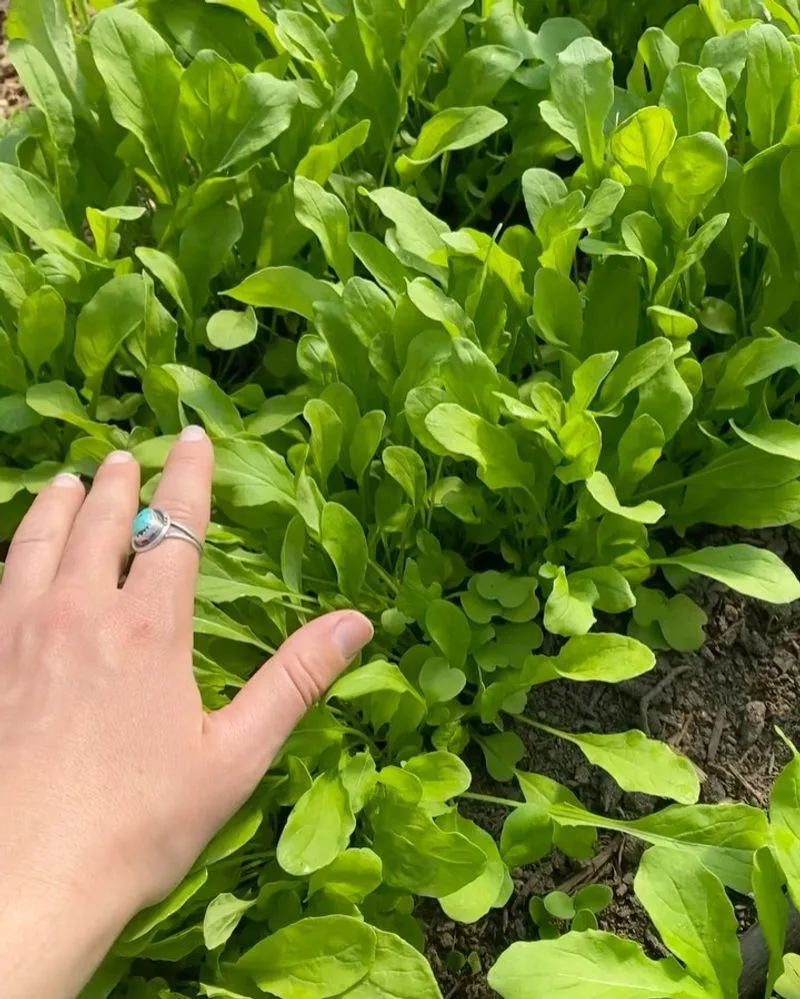
Arugula brings a peppery punch to your shaded garden, thriving where sunlight is sparse. This leafy green is known for its bold flavor, adding a zesty kick to salads and dishes. Shaded conditions prevent it from becoming too spicy, balancing its natural pepperiness. Arugula grows quickly, allowing for multiple harvests in a season. Its small, tender leaves can transform an ordinary meal into something extraordinary. By planting it intermittently, you can enjoy a continuous supply without overwhelming your garden space.
Swiss Chard
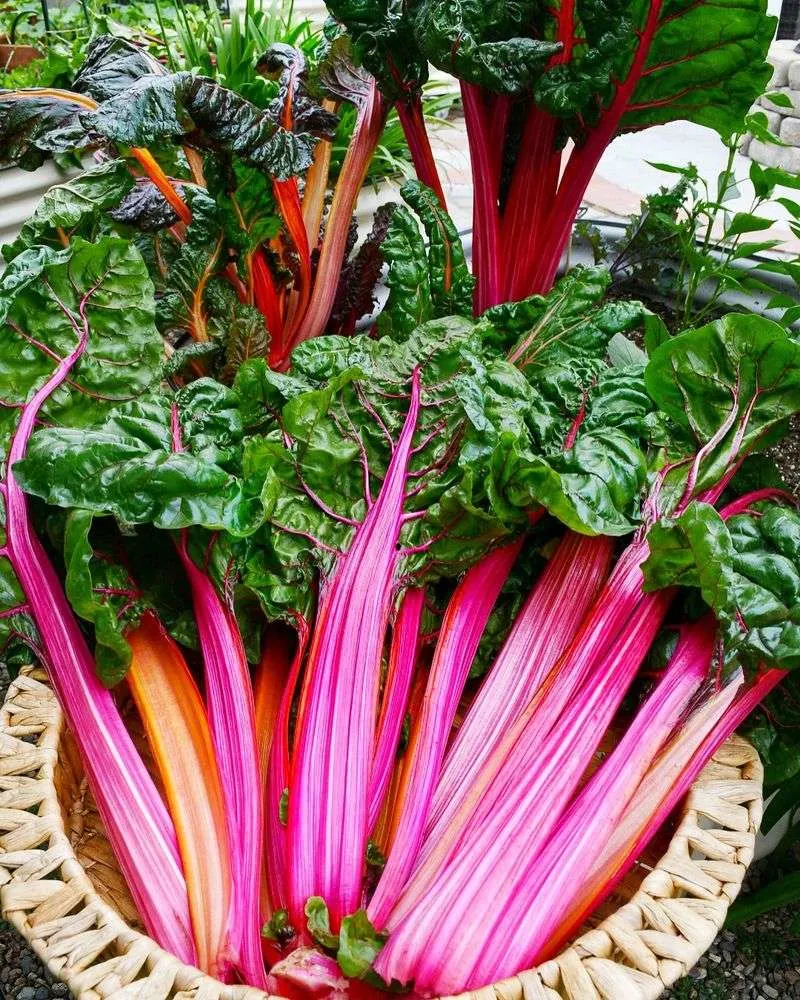
Swiss chard offers a vibrant splash of color with its bright stems and lush green leaves. Thriving in partial shade, it’s a versatile vegetable that can be used in a variety of dishes. The shade helps maintain its tenderness, making it a delightful addition to any meal. Swiss chard’s resilience makes it an excellent choice for gardeners looking to add variety and color. Its continuous growth means you can harvest regularly, keeping your kitchen stocked with fresh greens. Each colorful stem is a testament to nature’s palette.
Cabbage
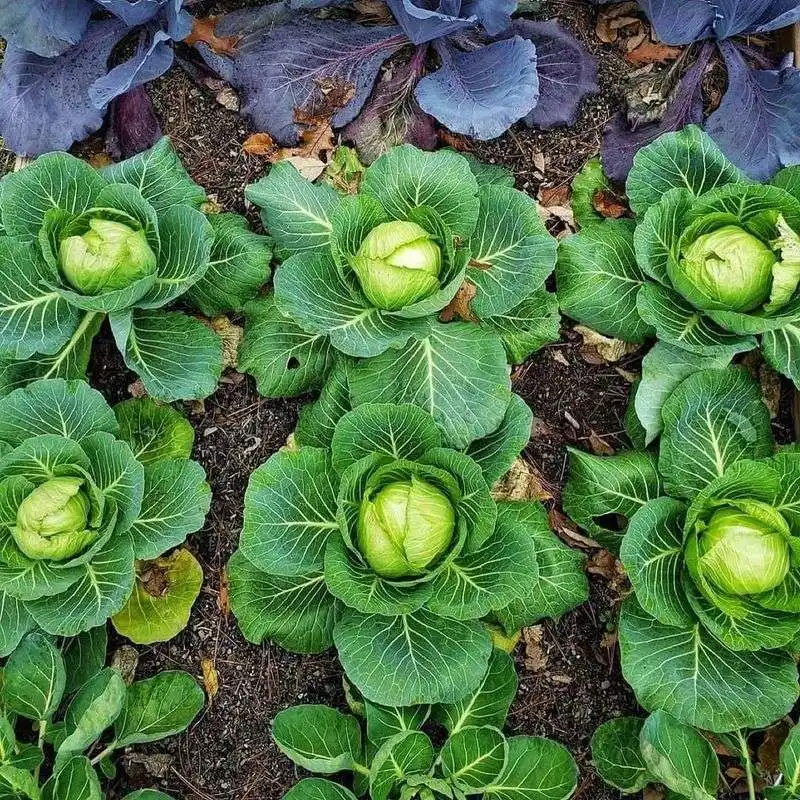
Cabbage is a staple vegetable that adapts well to shaded conditions. Its firm, round heads develop slowly, benefiting from the cooler temperatures. This gradual growth enhances its flavor, creating a sweet, crisp texture perfect for slaws and stews. With proper care, cabbage can be a reliable producer in your garden, offering a bountiful harvest season after season. The large leaves wrap around, protecting the heart as they mature. Cabbage’s presence in your shade garden signifies abundance and stability.
Broccoli
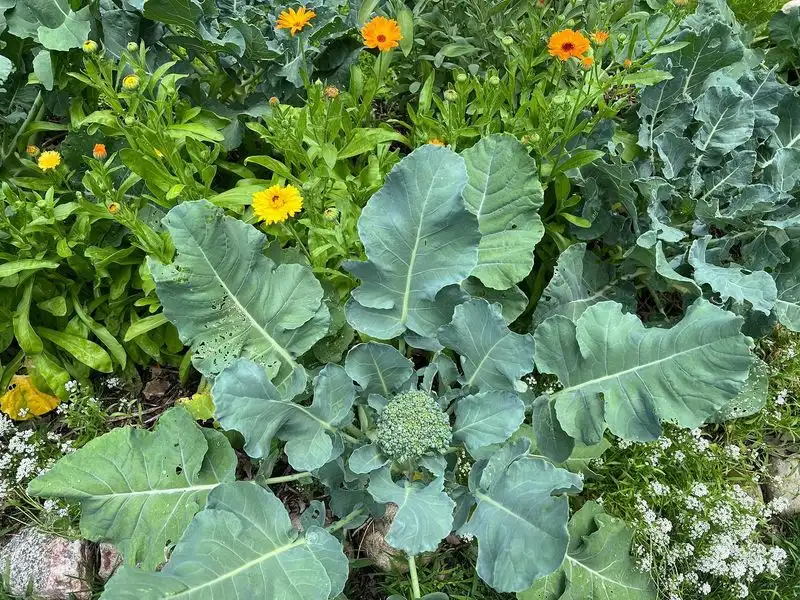
Broccoli, with its dense florets, is well-suited for shaded gardens where it can avoid excessive heat. The cool environment prolongs its growth, allowing the heads to develop fully. This slow maturation process enriches its flavor, making it a nutritious addition to your meals. Regular watering and care ensure a robust crop, rewarding your patience with crunchy, flavorful florets. Broccoli’s ability to adapt to less sun makes it a versatile and rewarding plant for any gardener seeking variety.
Beetroot

Beetroots thrive in shade, where they grow slowly, developing their sweet, earthy flavor. The cooler environment enhances their taste and texture, creating a delightful addition to salads and roasts. Both the bulbs and the leaves are edible, providing dual purpose. Beetroots’ vibrant color adds visual appeal, while their nutritional value boosts your diet. Regular thinning of seedlings allows the roots to expand, ensuring a healthy, bountiful harvest. Growing beetroot in shade offers a unique gardening experience with rewarding results.
Carrots

Carrots can be surprisingly successful in shaded areas, provided the soil is loose and fertile. The lower light levels slow their growth, but this extended development period enhances their sweetness. Their vibrant color and crisp texture make them a favorite in many dishes. Ensuring the soil is well-tended promotes healthy root growth, leading to a gratifying harvest. Carrots are versatile and can be used in both sweet and savory dishes, offering endless culinary possibilities.
Peas

Peas flourish in cooler climates and shaded areas where they can climb and expand. Their delicate tendrils reach out, clinging to support structures, creating a green tapestry. The shade prevents them from withering, maintaining their sweet, tender nature. Peas provide a continuous harvest, allowing you to enjoy their fresh taste throughout the growing season. Their ability to fix nitrogen in the soil also benefits companion plants, enhancing the overall health of your garden.
Turnips
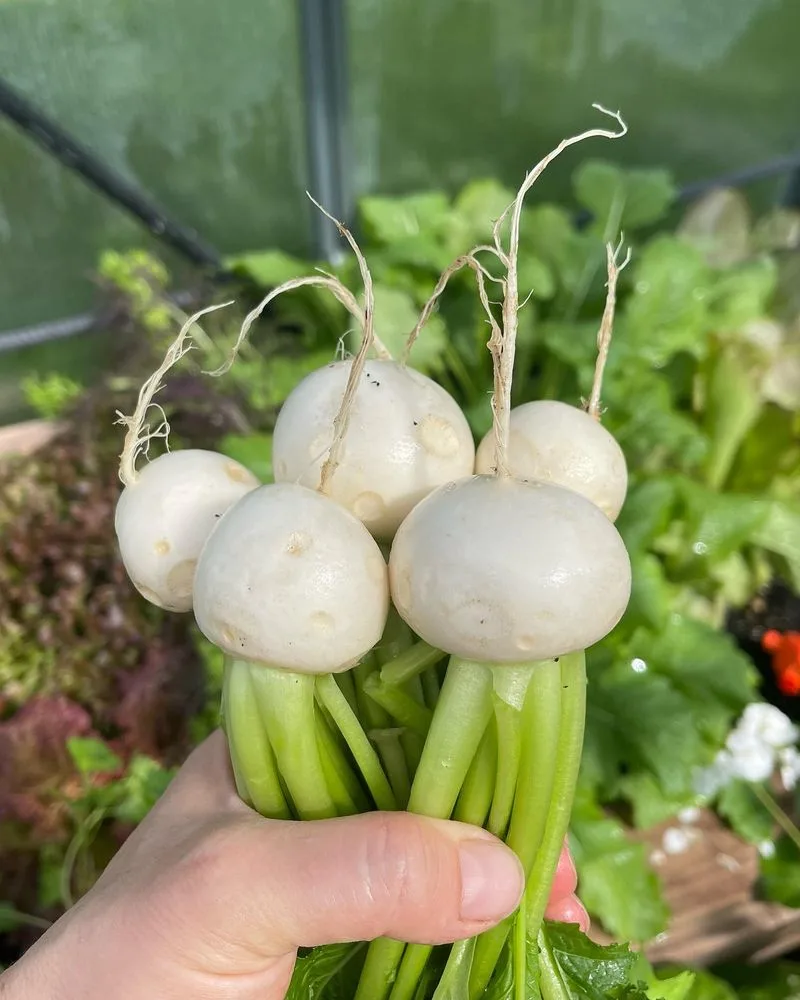
Turnips are a hardy root vegetable that thrive in cooler, shaded environments. Their peppery flavor becomes more pronounced with slower growth in the shade. Both the roots and greens are edible, offering versatility in cooking. Turnip greens add a sharp, savory taste to salads, while the roots provide a hearty addition to soups and stews. Regular harvesting of leaves encourages new growth, ensuring a continuous supply. Their adaptability makes them a valuable addition to your shaded garden.
Radishes
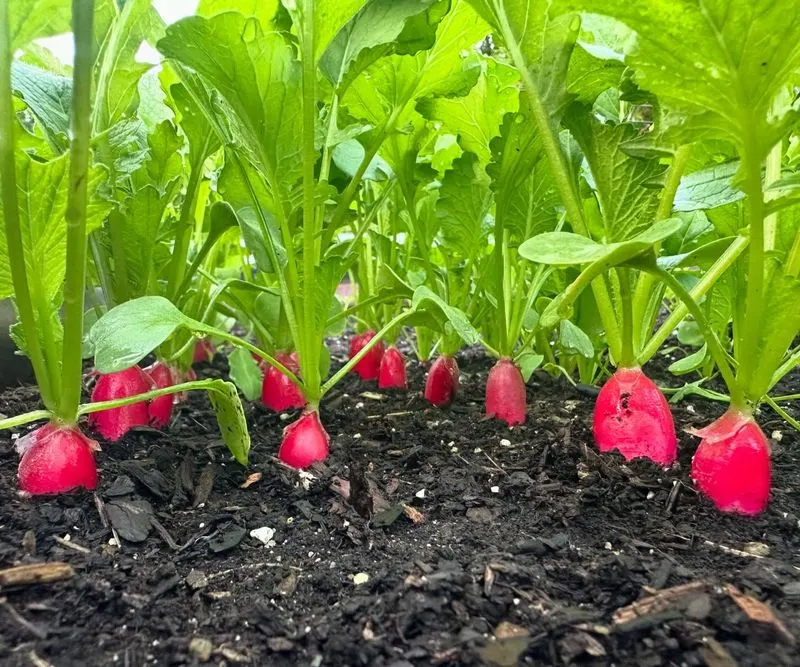
Radishes are fast growers, thriving in shaded areas where their peppery bite can fully develop. The cooler temperatures slow their growth, enhancing their flavor and crunch. Radishes are perfect for adding zest to salads, with both roots and leaves being edible. Their rapid growth allows for quick turnover, making them an ideal choice for gardeners looking to maximize space. By planting radishes intermittently, you can enjoy a steady supply throughout the season, adding vibrant color and flavor to your meals.
Mustard Greens
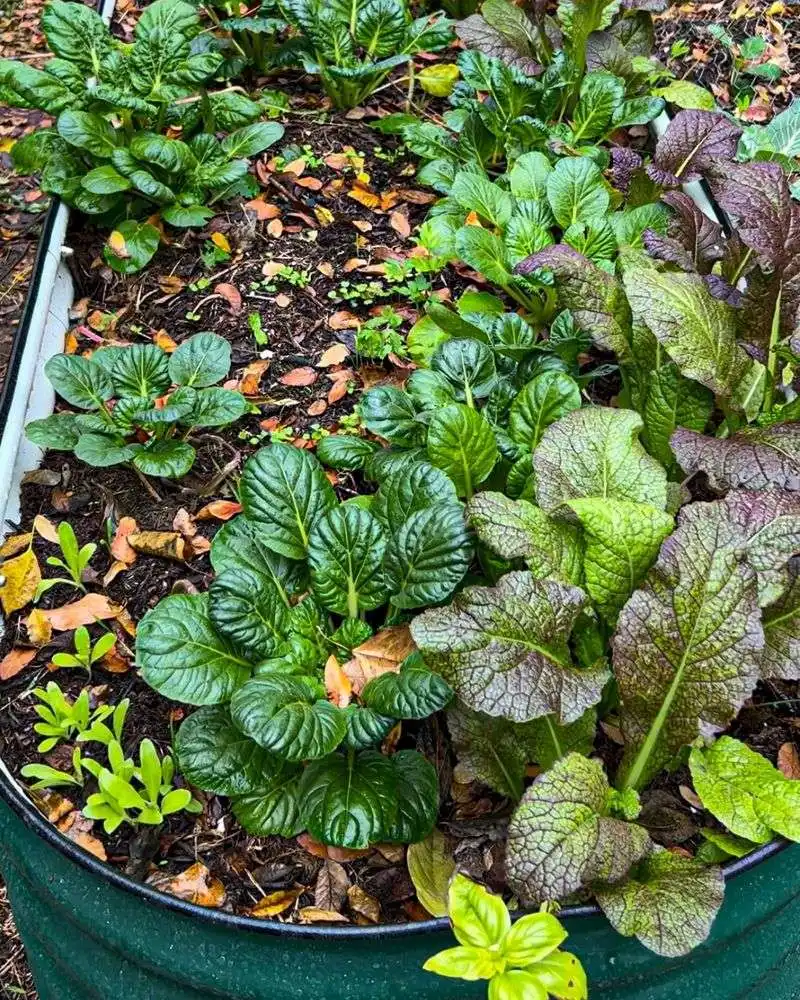
Mustard greens bring a spicy kick to the shaded garden, thriving where sun is sparse. Their ruffled leaves offer a unique texture, both visually and on the palate. Growing in cooler conditions helps keep their spiciness in check, creating a balanced flavor profile. Regular harvesting encourages new growth, providing a consistent supply of greens. Mustard greens can be used in salads, stir-fries, or as a cooked side, offering versatility and zest to your cooking.

